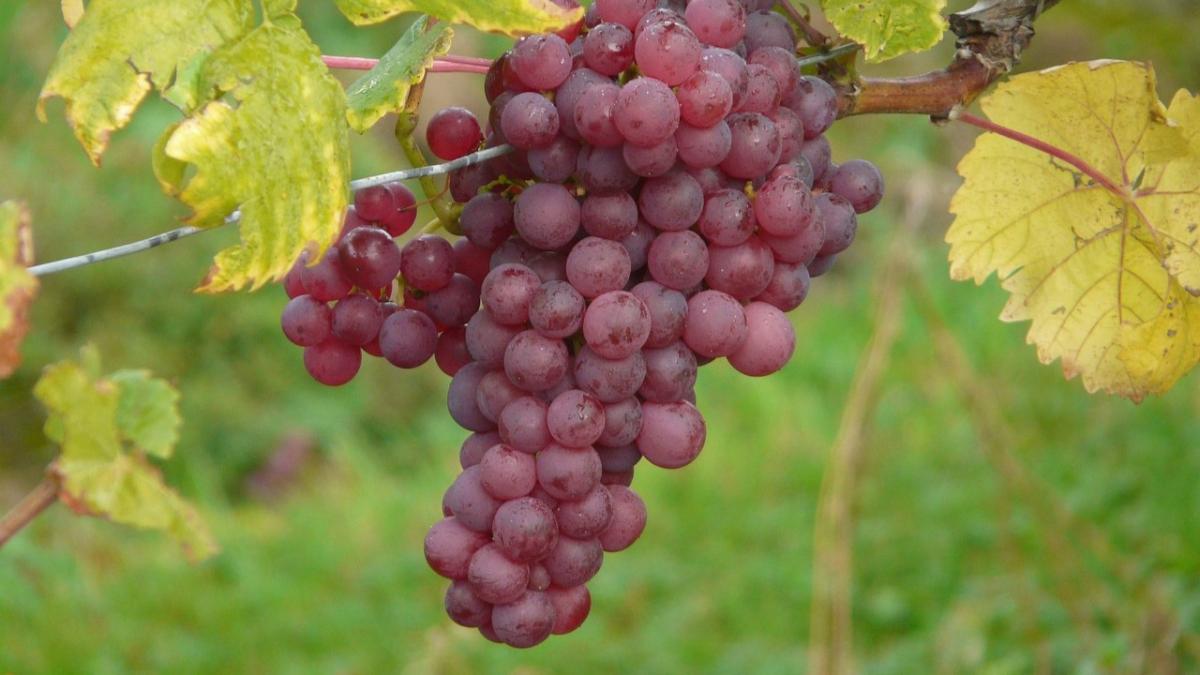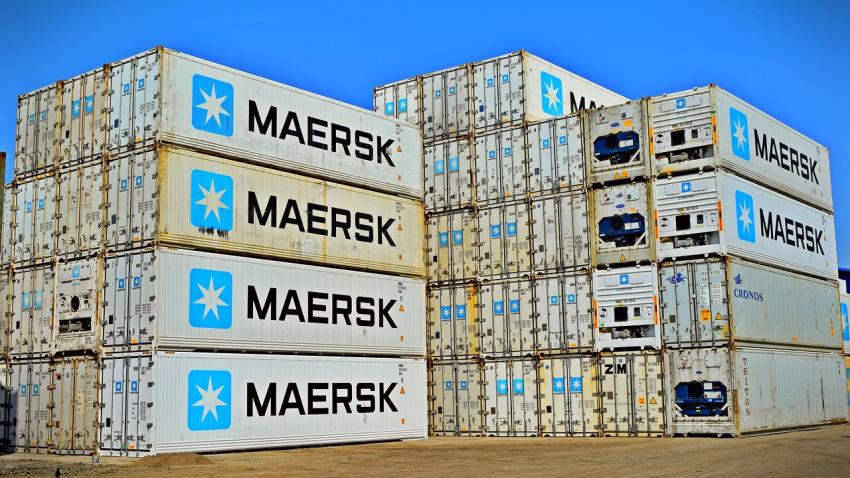You are here
Back to topChina’s Crimson Grape Market Struggles With Plummeting Prices

As one of the core production areas for Crimson grapes, the city of Xichang in Sichuan province has experienced steady growth in terms of cultivation scale and output in recent years. However, the market for Crimson grapes has undergone dramatic changes this year with prices stagnating at low levels, leaving many industry stakeholders in a challenging position.
Xichang is renowned for its extensive vineyards covering over 10,000 hectares, with an annual grape output exceeding 250,000 metric tons and a total production value exceeding 6 billion Chinese yuan ($822 million). This positions it among the top grape-producing regions in China. The primary varieties cultivated include late-season Crimson, Kyoho and Shine Muscat, with Crimson grapes accounting for a substantial share of the cultivation area and output.
In recent years, Crimson grapes have gained widespread market popularity and secured a premium price position on account of their vibrant color and sweet flavor. Moreover, their firm texture translates into a long storage life and low loss rate during transportation. The substantial profit margins associated with this variety have further boosted enthusiasm among growers and confidence among investors, driving steady expansion of the cultivation area and sustained growth in output.
This year’s market conditions have taken a sharp downturn, however, with Crimson grape prices plummeting to record lows. When the grapes first entered the market early in the season, farm gate prices of 6–10 yuan ($0.82–1.37) per kilogram led some growers to hold back their stock, hoping for a price rebound. Drawing on past experiences, they were confident that prices would surge later in the season as in previous years. However, contrary to expectations, prices continued to decline rather than rise.
Most growers are now being forced to sell at 3–4 yuan ($0.41–0.55) per kilogram, with some accepting even lower prices. Fruit markets across China are currently flooded with the grapes, and wholesale prices in many areas have fallen below 4 yuan ($0.55) per kilogram, in stark contrast to the higher prices recorded at the same point in the season during previous years. Meanwhile, large inventories have accumulated in producing regions, heightening anxiety among industry stakeholders.
Several factors have contributed to this year’s steep decline in prices, with the primary reason being the significant gap between market expectations and reality. Last year’s strong price surge during the late season led growers to adopt an overly optimistic outlook for this year’s market. Many opted to hoard their stock in anticipation of higher prices. However, the market proved unpredictable and an oversupply situation quickly emerged.
Additionally, adverse weather during the grape color-transition period significantly impacted fruit quality. The resulting poor coloration led to a less appealing appearance and lower overall quality, reducing the market competitiveness of the grapes. Compounding this situation, disruptions in export channels halted shipments during the peak season, causing a sharp decline in overseas market share. Consequently, large volumes of grapes were redirected to the domestic market, further exacerbating the supply/demand imbalance and forcing prices even lower.
The overproduction issue is also severe. Many storage facilities in Xichang are now at full capacity, with harvesting nearing its end and inventory pressure continuing to mount. This year’s storage volume of Crimson grapes far exceeds the average of previous years, setting a new record. Improper storage could lead to quality deterioration, resulting in even greater losses for growers. With a little over one month remaining until Chinese New Year, if the stock cannot be cleared before the holiday, the post-holiday period is likely to see prolonged weak demand, further intensifying the challenges faced by growers.
Image: Pixabay
This article was translated from Chinese. Read the original article.













Add new comment